Herbs are the heart of flavorful cooking and natural remedies, but some lesser-known varieties offer surprising tastes and health benefits. Exploring uncommon herbs can bring exciting new dimensions to your meals and home remedies, elevating both your kitchen and medicine cabinet.
From fragrant lemon verbena to earthy lovage, these nine herbs not only add unique flavors but also boast medicinal properties that have been cherished for centuries. Growing them at home is easier than you might think, and their versatility makes them a valuable addition to any herb garden.
In this article, discover 9 uncommon herbs that add unique flavors to your cooking and medicine cabinet—bringing fresh taste and wellness straight from your garden.
Lovage

Lovage, with its robust celery-like flavor, adds an unexpected twist to soups and stews. Its tall, leafy presence in the garden is hard to miss. This herb not only enhances dishes but also has digestive benefits. Chewing lovage seeds can freshen breath, making it a natural alternative to mints. Historically, it was used in love potions, hinting at its romantic allure. Its versatility in cooking makes it a secret weapon for adventurous chefs. Lovage’s aromatic qualities are perfect for flavoring broths, turning ordinary meals into gourmet experiences.
Anise Hyssop
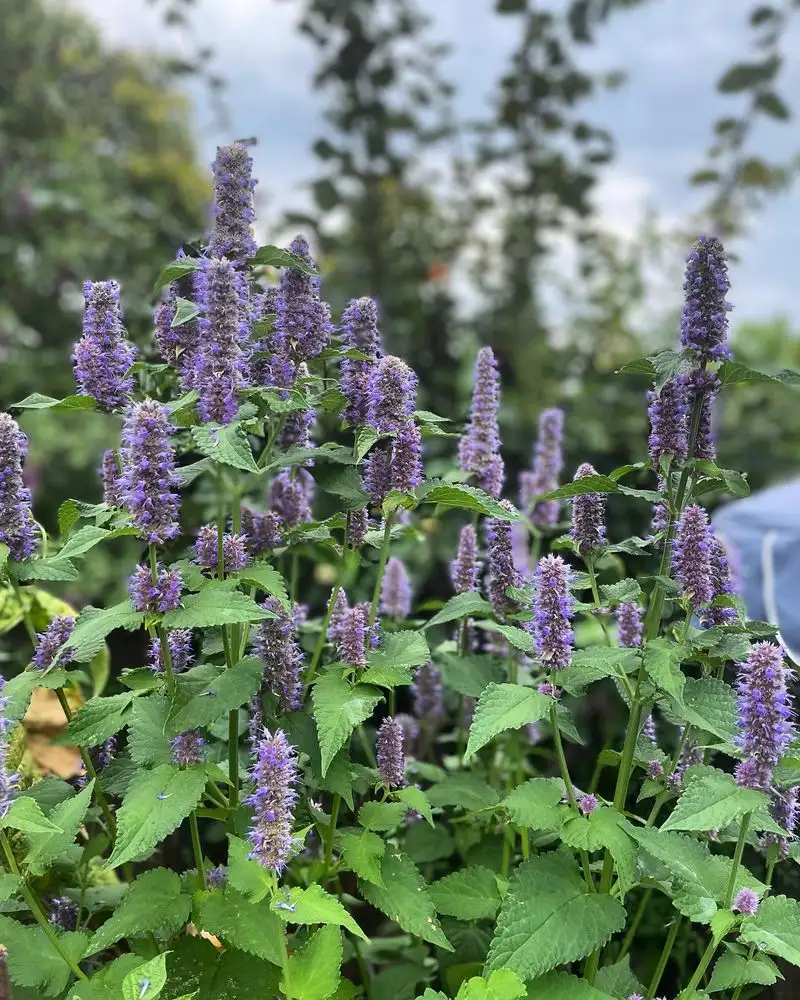
Anise Hyssop graces gardens with its lavender blooms and a sweet licorice scent. Not only is it a beacon for pollinators, but it also infuses teas and desserts with a unique flavor. Its leaves, when dried, make for a delightful herbal tea with calming properties. Historically, Native Americans used it for its medicinal properties, including relief from coughs and fevers. This herb’s combination of beauty and utility makes it a gardener’s favorite. Anise Hyssop’s presence in a dish hints at an adventurous and thoughtful cook.
Borage

Borage, known for its striking blue flowers, brings a cucumber-like taste to salads and drinks. These star-shaped blooms are not just pretty; they have a history of uplifting spirits. In medieval times, knights used borage to boost courage before battles. It’s a source of essential fatty acids beneficial for skin health. Borage’s edible flowers can garnish anything from cocktails to desserts, adding a splash of color and flavor. This herb’s ability to thrive in various conditions makes it a resilient choice for gardeners.
Lemon Balm
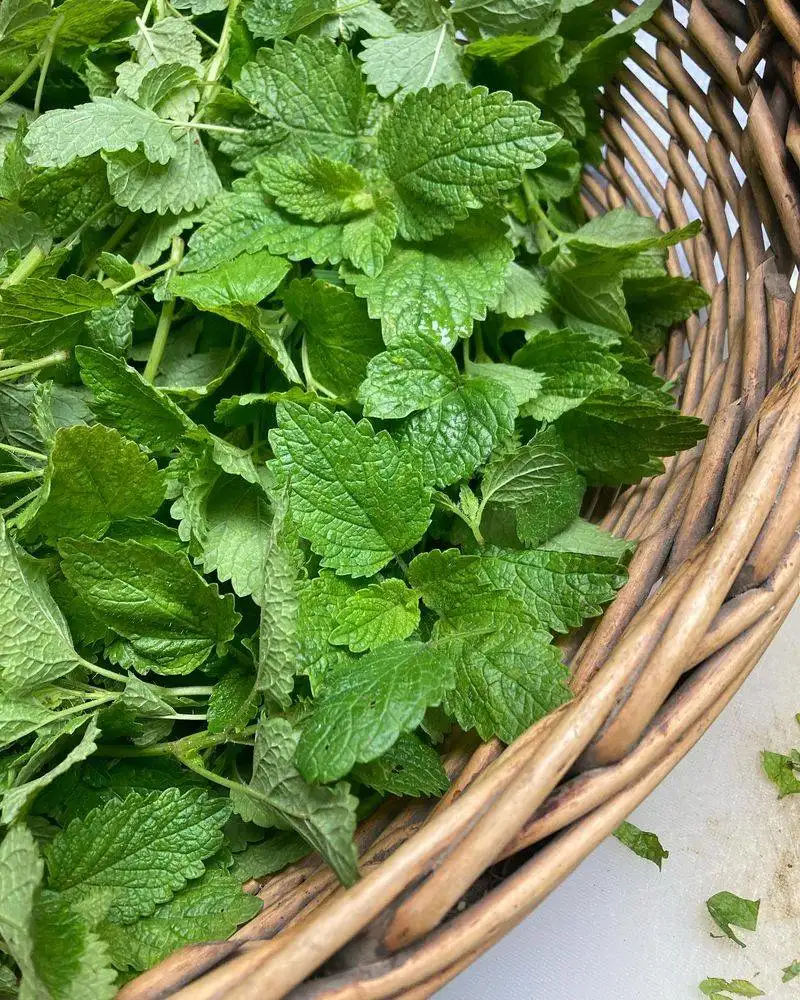
Lemon Balm offers a gentle citrus aroma that brightens up teas and dishes. Its calming properties make it a popular choice for stress relief. Traditionally, it’s been used to soothe digestive complaints and promote sleep. The herb’s refreshing scent and taste make it a versatile addition to culinary creations. Whether infused in water or mixed in salads, Lemon Balm brings a zesty twist. It’s a favorite among herbal enthusiasts for its ease of growth and delightful fragrance.
Epazote
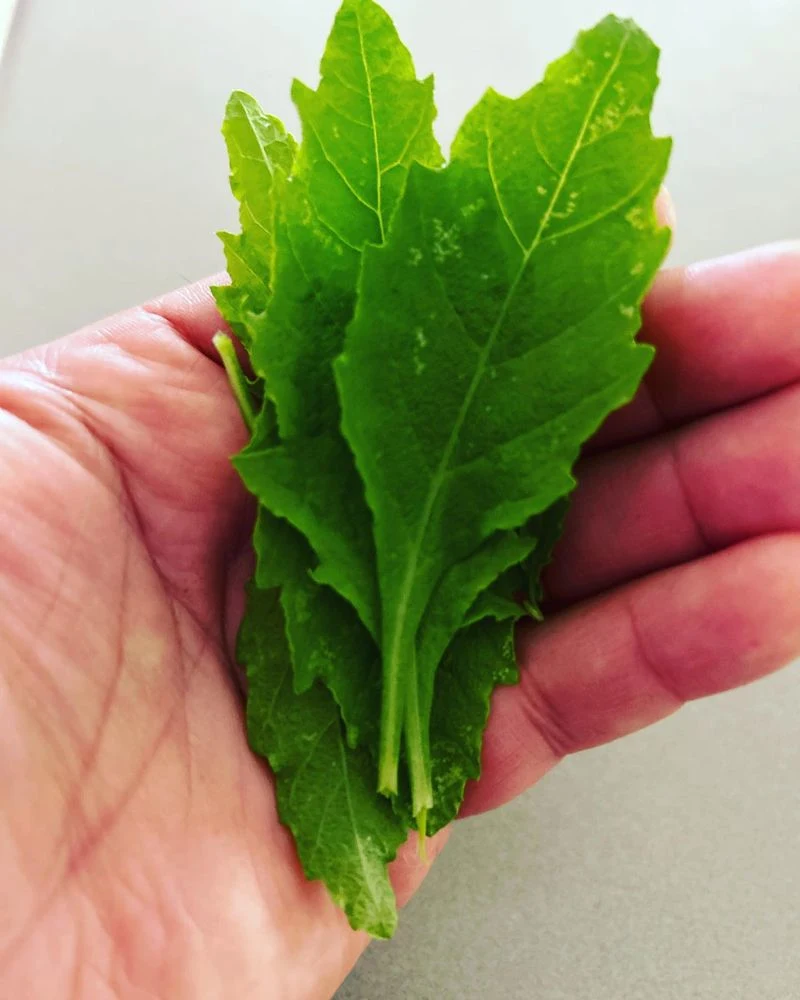
Epazote is a staple in Mexican cuisine, known for its pungent aroma and flavor. It’s often added to bean dishes to reduce the likelihood of gas. The herb’s strong personality complements robust recipes, enhancing flavors without overpowering them. Historically, it’s been used for its medicinal properties, including as a remedy for stomach ailments. Its unique taste sets it apart from more common herbs, making it a must-try for adventurous cooks. Epazote’s role in traditional dishes highlights its cultural significance.
Fenugreek
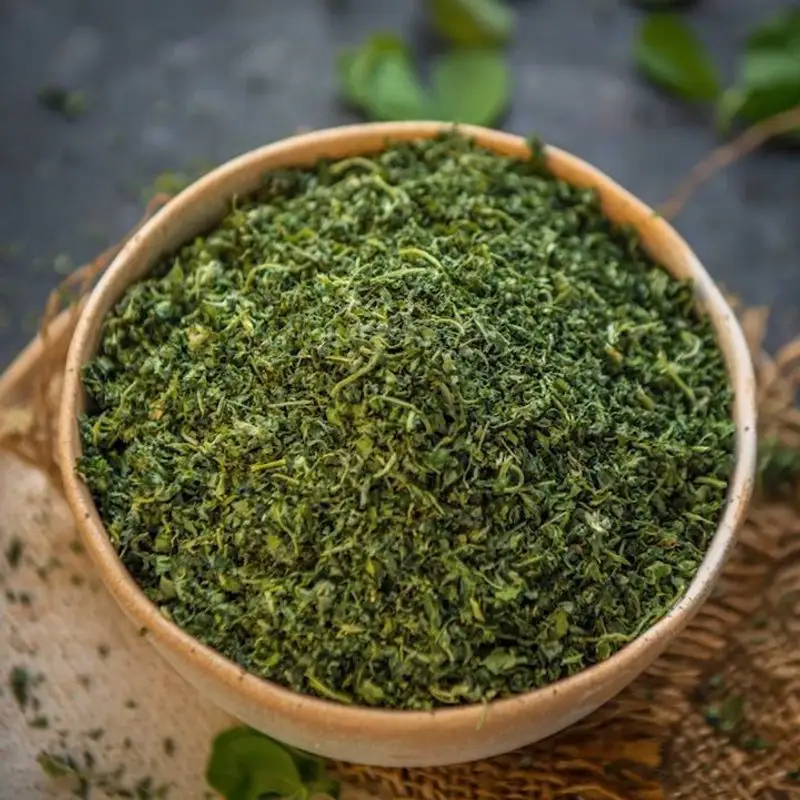
Fenugreek seeds impart a rich, nutty flavor to curries and sauces. This herb is a staple in Indian cuisine, known for its versatility and health benefits. The seeds and leaves can be used, each offering distinct flavors. Rich in vitamins, fenugreek can support digestion and control blood sugar levels. Its unique taste profile adds depth to dishes, making it beloved by chefs worldwide. Whether used in spice blends or tea, fenugreek’s impact is undeniable. This herb is a testament to the power of natural flavoring.
Shiso (Perilla)
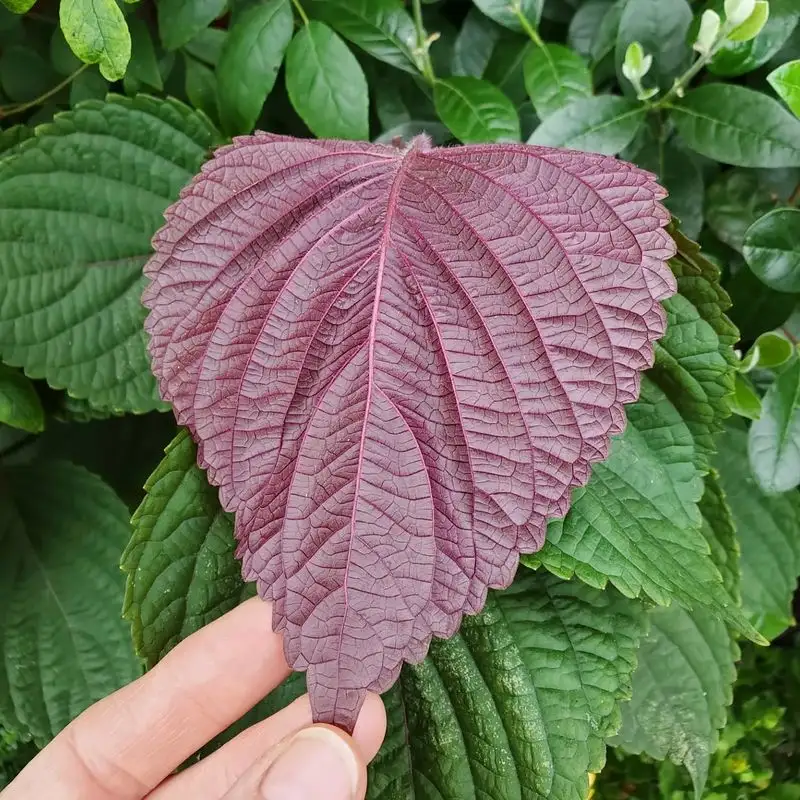
Shiso, a staple in Japanese and Korean cooking, dazzles with its bold flavors and colorful leaves. Its taste is a mix of mint, basil, and anise, adding complexity to dishes. Often used as a garnish or in sushi, shiso’s versatility is unmatched. The leaves can be pickled, wrapped around rice, or infused in beverages. Its antioxidant properties also make it a healthful choice. Shiso’s vibrant appearance adds visual appeal, while its flavor elevates culinary creations. Its adaptability makes it a cherished herb in Asian cuisine.
Thai Basil
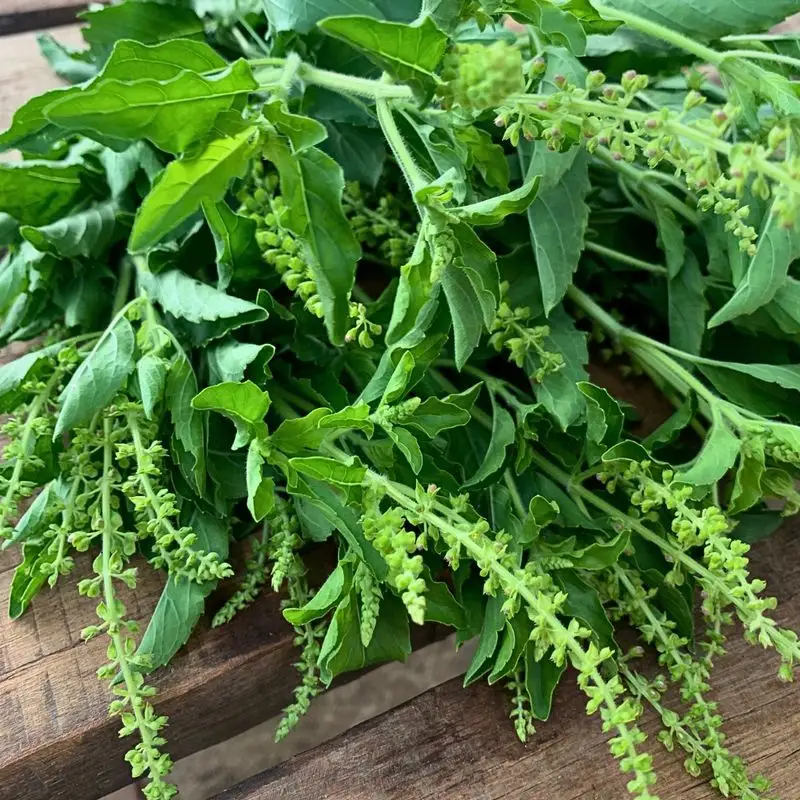
Thai Basil brings a sweet, spicy aroma to dishes, distinct from its Italian counterpart. Integral to Southeast Asian cuisine, it enhances curries and stir-fries with its unique taste. The herb’s purple stems and vibrant leaves are as visually appealing as they are flavorful. Rich in antioxidants, Thai Basil also offers health benefits. Its strong, aromatic presence elevates culinary creations, making it indispensable in Thai cooking. This herb’s ability to retain flavor during cooking sets it apart, ensuring dishes are always enticing.
Woodruff
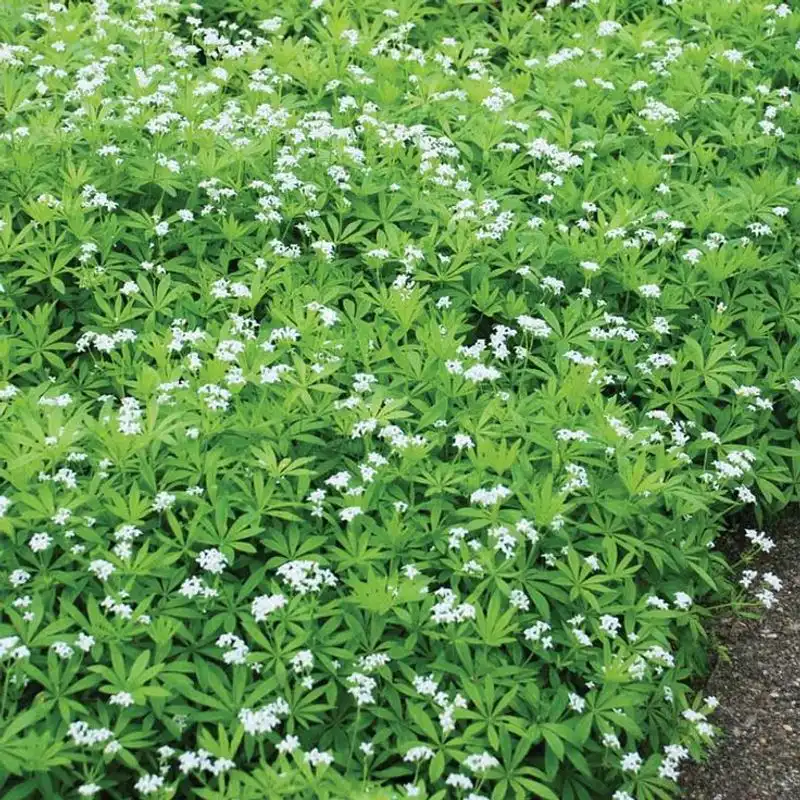
Woodruff, with its sweet hay-like scent, transforms desserts and beverages into aromatic delights. Popular in Germany, it flavors the traditional May wine. The herb’s subtle charm lies in its ability to enhance without overwhelming. Historically, woodruff was used in perfumes for its pleasant fragrance. The leaves can be dried and used to scent linens or rooms, adding an earthy aroma. Woodruff’s delicate nature makes it a perfect addition to springtime recipes, offering a taste of the forest floor.

